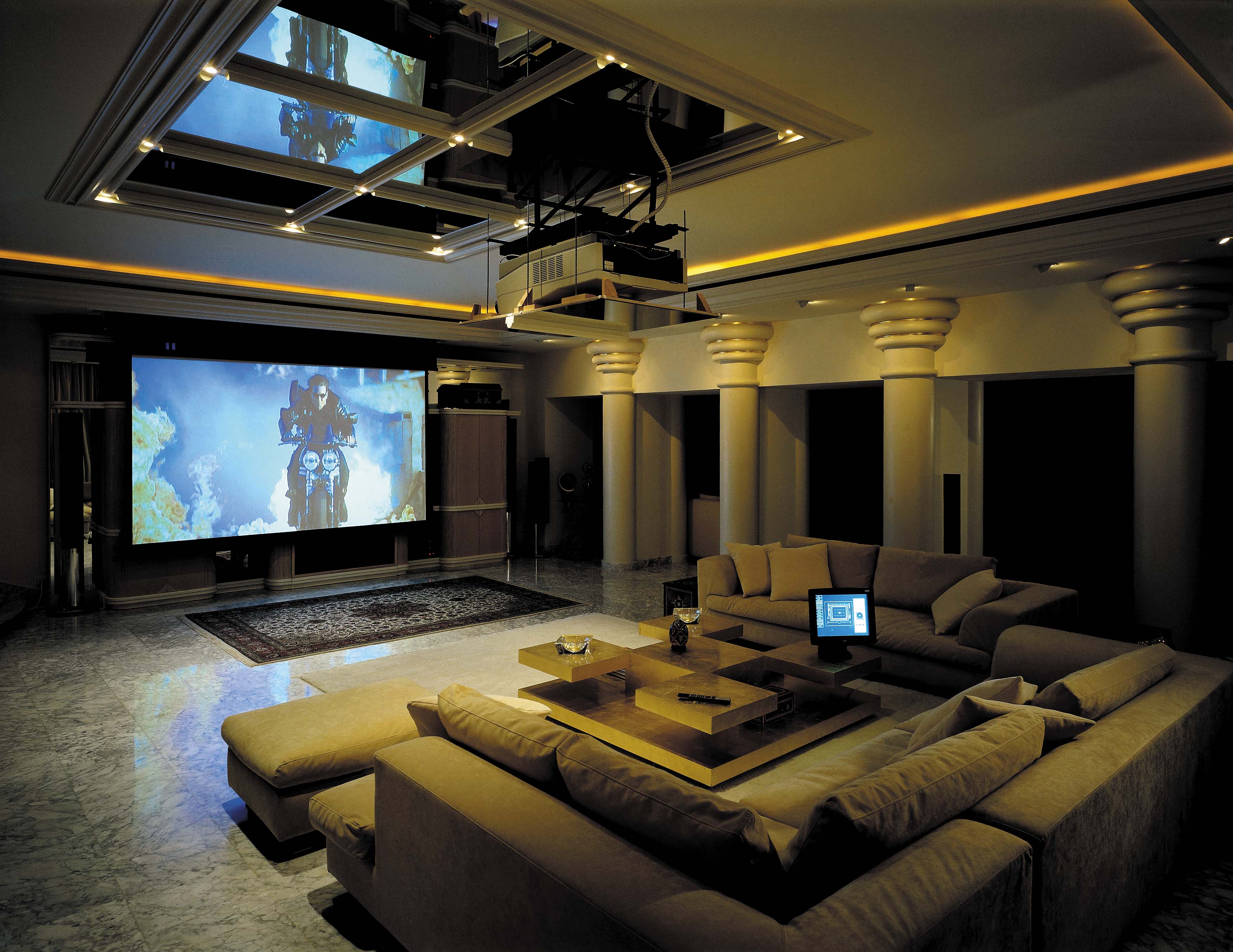Lighting control defines the room

There’s no denying that the success of the home automation industry is largely contingent on AV.
A perfectly calibrated projector with 7.1 channel surround sound is the cornerstone of the industry – it’s what brings in clients and their wallets.
ADVERTISEMENT
Sadly, applications that aren’t as ‘sexy’ – blinds, HVAC and lighting – are sometimes left on the periphery of an installation and don’t always get as much attention as the big-ticket items.
But this shouldn’t be the case. Lighting, for example, is fundamental in creating an appropriate atmosphere or mood, particularly in a home cinema.
Stokes Illumination co-owner Sue Stokes says lighting is an important component of successful home theatre design.
“It should create safe movement, and good and comfortable viewing,” she says.
“It should enhance the room’s aesthetics and set the mood and environment for the whole movie-watching experience.
“Dimming lights and closing blinds builds anticipation and drama, and the slow dimming of lights to allow for your eye’s adaptation to the dark improves visibility and visual comfort.
“Aesthetically, a lighting system integrated with blinds and AV adds style, not just convenience.”
Sue has been in lighting design for seven years, along with four years in programming automation products such as C-Bus, Dynalite and Digital Homeware.
“The best lighting for a theatre installation is usually achieved by a combination of task, accent and ambient lighting.
“This could include low-level lights for safe movement, in-ground uplighters for accenting architectural features or wall lights for creating mood.
“Recessed lights could affect sound quality due to losses in the fitting and may result in vibrations due to the holes in the ceiling cavity.
“It is also important to reduce natural lighting by using blackout curtains or blinds, and all artificial lighting should be dimmable.”
Sue says the primary consideration for an installer is whether the home theatre is a dedicated or multi-function room, as that can substantially affect the lighting requirements.
“The process of choosing the lighting for a space should begin as all lighting design begins – identifying the tasks to be performed in the space.
“Once these tasks are identified, the room furniture placement – including screen position – can be planned. This will determine the eventual position of the light fittings.
“A common misconception in the industry is that viewing is best done in complete darkness. However, a small amount of ambient light is important for orientation, should someone need to leave the room. It is also a factor in reducing eye strain.”
Dimming is essential in a home theatre. The slow dimming of lighting is more comfortable for the eye than having to adjust to quick changes in lighting levels.
“A commercial movie cinema uses its foyer as an area of intermediate lighting to assist the eye in dark adaptation by adjusting to a lower ambient light level.
“In residential installations we can apply the same principle by creating an area, such as a hall leading to the home theatre, where the lighting levels are slightly lower than in the rest of the house but higher than in the cinema.
“As somebody moves through the space, the iris and retina can begin the process of dark adaptation.”
Sue says casting light onto a viewing surface of a television or projected image is another misconception held by installers. Such lighting can result in glare and veiling reflections.
“It would be preferable to cast light onto walls to reveal the attributes of the space and to install separately switched lighting in joinery units for functional lighting.
“If someone was truly interested in lighting design, it would help to learn how to interpret the photometric diagrams and colour rendering indices that accompany the specification of a luminaire.
“Those are just two of the factors that influence the way the fitting performs in terms of light output, and the way it influences the perception of colours in the space.
“Overall, I suppose I could be cheeky and just say ‘employ a qualified lighting designer’.”
-
ADVERTISEMENT
-
ADVERTISEMENT

